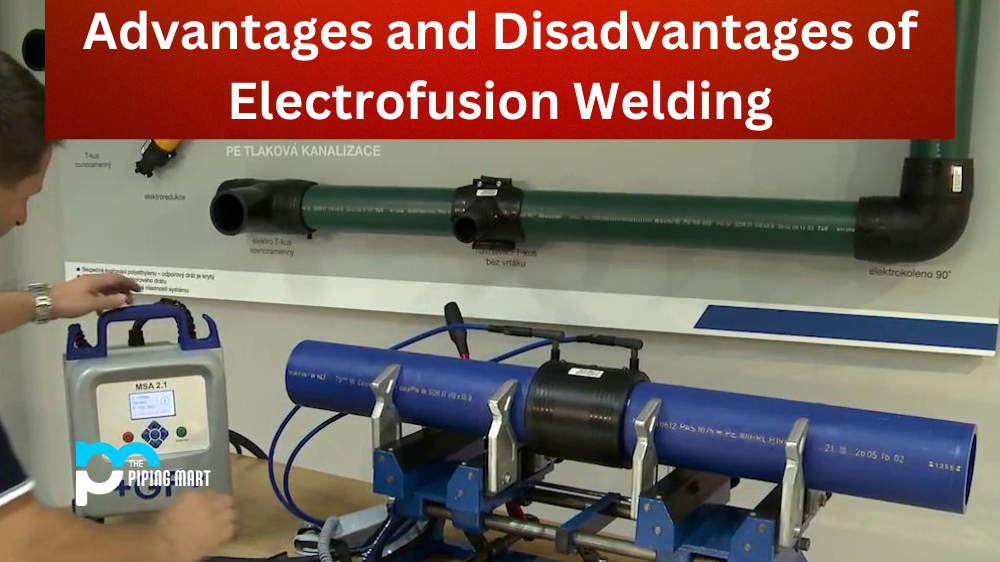The History Of Aluminum In Electrical Engineering
Aluminum was first used for electrical wiring in the early twentieth century. As the national grid expanded after World War II, aluminum was increasingly preferred over copper as an electrical conductor due to significant weight and cost advantages. Aluminum alloys in the AA-8000 series have been accepted by the National Electrical Code over the last few decades, and the market for aluminum wiring has grown by 20% in the last ten years, according to the Aluminum Association.
When Thomas Edison built his first electrical transmission network in the late 1800s, copper was an obvious choice because it not only has higher electrical conductivity than aluminum and most other metals, but it is also more readily available. Aluminum was considered a precious metal in the late nineteenth century, with prices comparable to gold and silver, but it did not take long for the disadvantages of copper to become apparent. It was not only heavier, but it also had corrosion issues.
What Are The Benefits Of Using Aluminum In Electrical Applications?
With the discovery of practical mass production methods for aluminum processing, the price of aluminum quickly fell, making it a more affordable choice for manufacturers and designers. It takes 1.5 times the diameter of copper wire to transmit the same amount of electricity, but that wire is three times lighter, indicating that aluminum is a more efficient material for electrical applications. High voltage overhead power lines are made of aluminum to reduce weight while providing good conductivity.
Perhaps more importantly, aluminum alloys are much more corrosion-resistant. With recent advancements in premium alloys, an increasing number of companies are shifting from copper to aluminum, as electrical generation and transmission are no longer solely the responsibility of power companies. Automotive, aerospace and shipbuilding are just a few industries that rely on electrical wiring to operate properly.
Busbar is one power generation application for aluminum. This critical component is a metallic strip that is housed within switchgear, panel boards, and busway enclosures and allows for local high-current power distribution. Because the busbar is typically uninsulated, it must be stiff enough to be supported by insulated pillars. The busbar ensures that the conductors are sufficiently cooled. Due to its high thermal conductivity, aluminum is an excellent choice for busbar material.
Aluminum alloys in the 1XXX and 6XXX series are both suitable for busbar and bus duct applications. 1370 is a 99.7% pure aluminum grade with high electrical conductivity and corrosion resistance. When greater strength is required, the 6101 alloy with magnesium and silicon combines higher mechanical properties with good electrical conductivity. 6101 can also be easily extruded into custom profiles for critical applications where standard sizes are insufficient.
The Role Of Aluminum In Renewable Energy Generation
First, many of the parts used in the creation of renewable energy are made of aluminum. Aluminum extrusions, for example, are widely used in the construction of solar power generation equipment in the solar power industry. Extruded aluminum profiles are commonly used to make photovoltaic solar cell frames (these are the solar panels you’re likely to see on homes and businesses). These extrusions are lighter in weight than steel, have excellent durability and corrosion resistance, and are extremely versatile in terms of profile dimensions.
The other method of solar power generation is concentrated solar power, which uses large mirrors to reflect sunlight into a collection unit. The intense heat generates steam, which powers turbine generators. These massive solar arrays must withstand a wide range of environmental conditions, including extreme heat, high winds, abrasion, and more, while still performing flawlessly. Aluminum has proven to be one of the most effective materials for securing reflectors in these complex systems. Aluminum is also used in wind turbines. Wind turbines must be both strong and light, which makes aluminum an excellent choice. While steel is often the first choice for turbines, aluminum can also be found in other critical system components such as the tower platform, cooling system, and more.

Pipingmart is B2B portal specializes in industrial, metal and piping products. Also, share latest information and news related to products, materials and different types grades to help business dealing in this industry.




